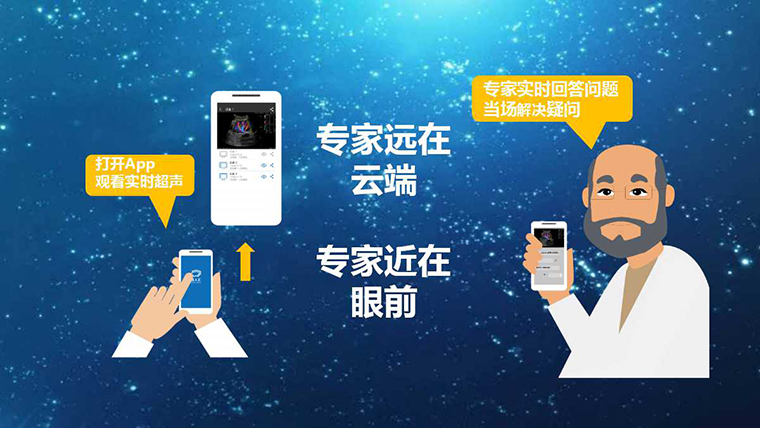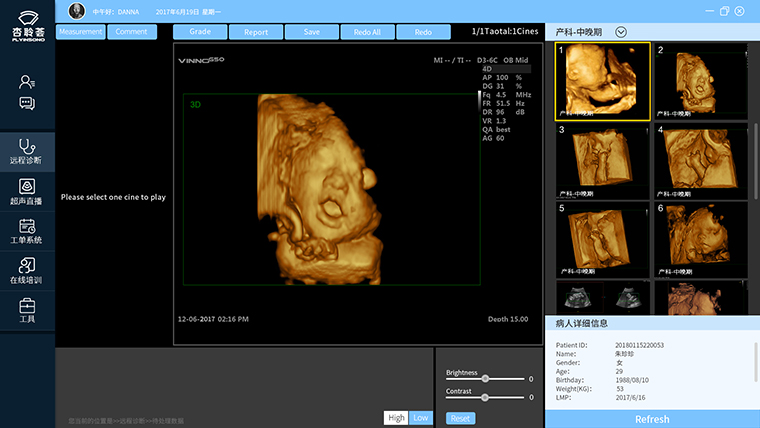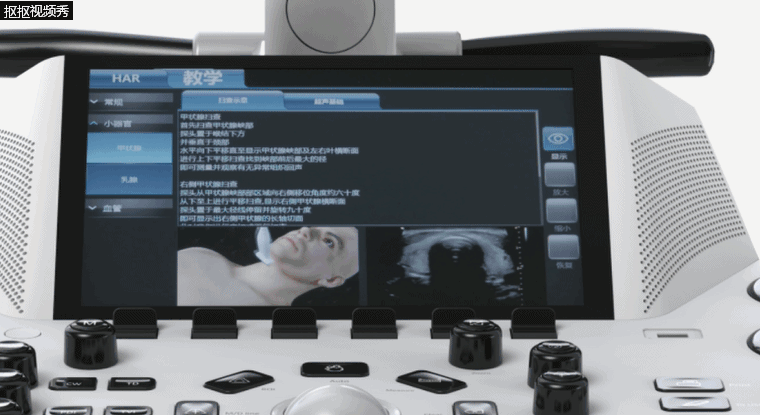Spring Festival travel is in full swing. Are you already on the road? Thinking about mom and dad. Thinking about Spring Festival’s Eve Dinner. What you most look forward to is “getting home early”. What you most fear are “railroads being out of service”. After all, no one wants to be delayed on this trip.

Image Source: A photo from the documentary “Last Train Home”
Every remote diagnosis is like a “barrage of information”. The huge amount of data are like the crowds of people during Spring Festival travel, swarming between first-tier cities and rural locales. Alongside the deepening of the medical reform policy remote technology is currently becoming a topic of attention in hospitals. In the face of irregular service providers, what should one choose?
Traditional Remote Solutions
.jpg)
Principle: Output operation panels through the camera, tripod, and sound equipment. Connect ultrasound equipment to video decoders through a large amount of wiring and converters, and output ultrasound images.
The equipment for this plan is large in volume and needs many people to operate it. Nonprofessionals who see that the battle array that is pulled out in one broadcast is large and “feel it is very professional”, but an expert engineer hits the nail on the head by noting: “This type of video decoder is mostly uniformly purchased from the internet. Freezing and blank screens are likely to occur.”
The Difficulties of Remote Diagnoses Technology
If you want to realize a seamless remote diagnosis, then you need an R&D team that breaks through four difficulties:
The design of multichannel communications
The designation of an initialized connection mode
The adjustment of video encoding parameters
The choice of bandwidth routes
Traditional remote solutions mostly use bulk components. A deviation that occurs in any segment will produce freezing or even blank screens. A large amount of time is also needed to detect bugs, and so is difficult to adapt to complex clinical environments. Therefore, what plan is relatively seamless? The engineers laughingly said: choose a service provider with an independent R&D capability and an ability to conduct customized adjustments.
Innovative Remote Solutions
.jpg)
Principle: Cast away heavy coding boxes. Realize remote functions with light capture cards, portable cameras and independently researched and developed software. Greatly increase seamlessness, stability, and also reduce costs.

Grassroots doctors only have to install software on the computer in the examination room, and they can communicate in real time with remote specialists. Whenever “innovation” is mentioned do you think of the “internet medical industry”? Don’t ignore another possibility. Senior smart ultrasound engineer Justin stated that: “The key to making good remote technology is to truly understand clinical needs. What you cannot ignore is the medical equipment manufacturer possesses data terminals. If they do independent innovations, then they will have an advantage. For example, we built remote software into our ultrasound equipment. We were even able to do without the capture card.”
VINNO’s Remote Diagnoses Plan
The VINNO ultrasound company that Justin works for is an independent national high-end color Doppler ultrasound company. Doctors have four words to describe the Flyinsono App that VINNO has independently researched and developed: So fast it flies.

Doctors view high quality, seamless remote images with the Flyinsono App
In the initial stages of R&D the VINNO smart ultrasound team absorbed the feedback of clinical doctors, and initiated a large amount of debugging: video decoding, compression rate, frame rate... The team changed plans three/four times. In the end the team independently researched and developed a communication protocol that effectively reduced the size of data packets, and also took into account high quality images and seamlessness.
One remote diagnoses center specialist stated that: “The Flyinsono app let us see the true level of grassroots doctors, and also let us experience urgency submerged in high quality medical resources.”

To continue improving the standards of grassroots doctors the research team also developed functions including expert consultations, doctor training, and real time group chats. Grassroots doctors can practice with the instruction software built into VINNO’s ultrasound equipment, receive remote guidance from experts, and achieve long-lasting skill improvement.
VINNO is cheering on the “barrage of information” with advanced technology. We hope everyone who is travelling has a safe journey, and arrives home as soon as possible!

